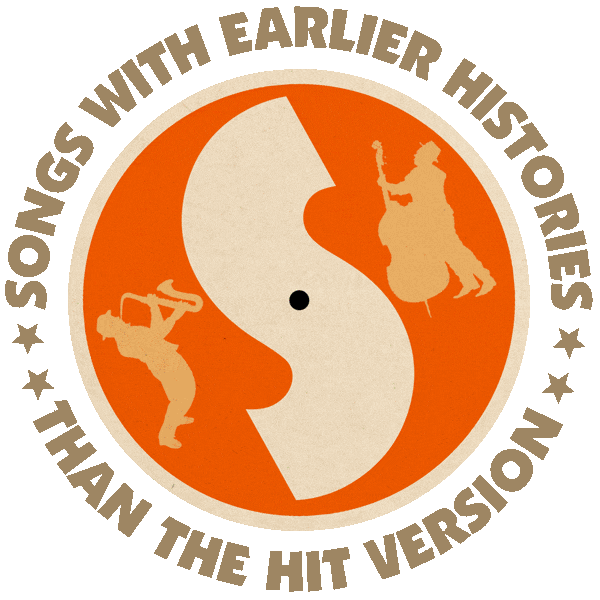First performed by Frank Sinatra & Eddie Hodges (1959).
Hit version by Frank Sinatra & Children’s Chorus (US #30/UK #6 1959).
From the wiki: “‘High Hopes’, with music written by James Van Heusen and lyrics by Sammy Cahn, was popularized by Frank Sinatra, first introduced by Sinatra and child actor Eddie Hodges in the 1959 film A Hole in the Head where it was nominated for a Grammy, and won an Oscar for ‘Best Original Song’ at the 32nd Academy Awards.
“The hit version of ‘High Hopes’ was recorded after the movie’s release by Sinatra in 1959 with a children’s chorus. Released as a single in 1959, it was later included on Sinatra’s 1961 album All the Way. The single reached #30 on the Billboard Hot 100, and peaked at #6 on the UK Singles chart. Sinatra would also record a version of the tune with different lyrics which was used as a theme song for the 1960 presidential campaign of John F. Kennedy.”

